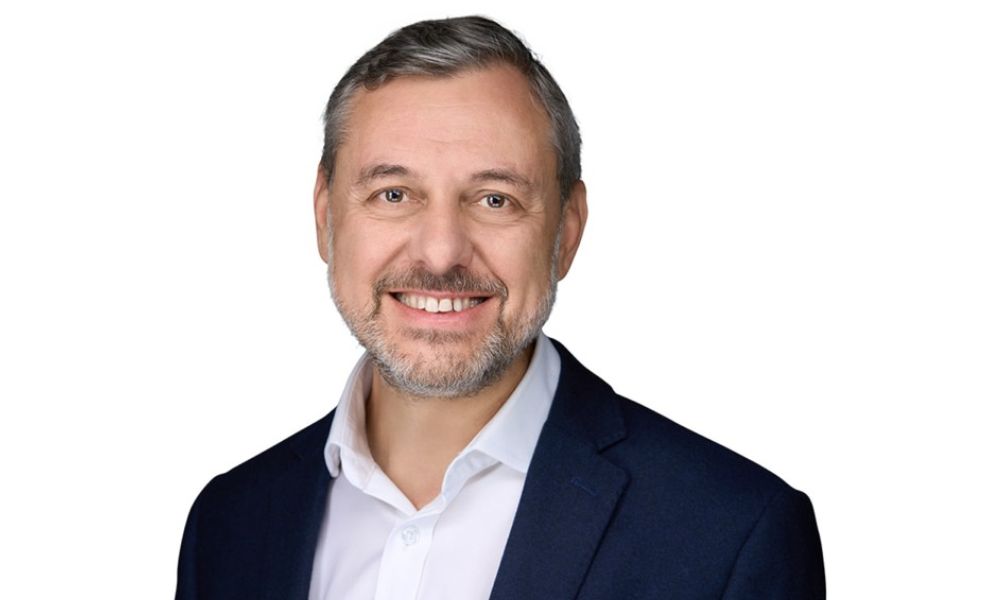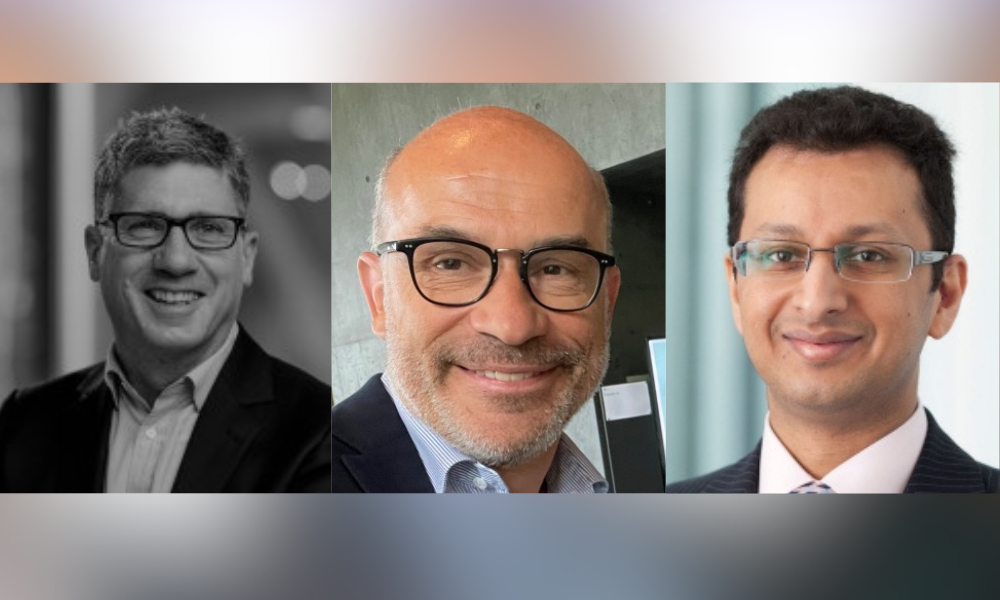

Meanwhile, progress continues on the previously announced divestment of Saga’s insurance underwriting business to Ageas UK. The deal, which includes a 20-year affinity agreement, is on track for completion by the end of July. Ageas will take on underwriting, claims, and servicing for Saga’s motor and home insurance products, allowing the company to retain control of branding and distribution through its broking arm.


The Employers’ Association of Insurance Companies (AGV), representing the majority of private insurers across the country, confirmed it would meet again with the United Services Union (Verdi) and the German Bank Employees’ Association (DBV) following three inconclusive negotiation rounds since late March. The unions, frustrated by what they view as inadequate proposals, are ramping up strike action, with a coordinated day of demonstrations set for June 26 in cities including Berlin, Munich, Frankfurt, Hamburg and Cologne.


“Underwriters only have so much time to devote to each client. So, how do we alleviate that constraint? That’s where standardized, high-quality transition plans come in,” Davenport said. “When there are agreed standards, it becomes easier for insurers to understand a client’s direction, anticipate future risks, and engage more effectively.”


Industry reaction: Welcome but overdue
Commenting on the announcement, Erin Sims, financial services senior analyst at RSM UK, said the investment was overdue:
“More investment in flood defences is long overdue, as the industry grapples with increasing cost pressures, and weather-related claims payouts hit a record of over £200 million earlier this year (source: ABI),” she said. “Flooding causes untold misery for impacted homeowners and businesses, and puts enormous pressure on insurers, so any preventative measures are welcome.”


Usage patterns, for instance, vary widely. Commercial fleets may favour EVs for their lower fuel and maintenance costs, which makes them a smart choice for high-mileage operations. Meanwhile, private owners often use EVs for shorter commutes or as secondary vehicles, resulting in below-average mileage that skews data on frequency and severity of claims.


Definitions check: what is Agentic AI?
Khan gave a useful definition that explained the difference between GenAI and Agentic AI. “I would define Generative AI as a class of artificial intelligence models capable of creating new content, such as text, images, audio, video, code, etc, by learning patterns from existing data,” he said.


Ronald O. Perelman, the financier once ranked among America’s wealthiest men, took the witness stand in a New York State Supreme Court courtroom this week, describing how five of his most prized paintings lost their visual brilliance following a fire at his East Hampton estate in 2018. The case, now in its third week before Justice Joel M. Cohen, pits Perelman against insurance powerhouses including affiliates of Lloyd’s of London, Chubb Ltd., and American International Group Inc.


- Did not have a chatbot on the career site that provides job recommendations (83%)
- Did not show recently viewed jobs (83%)
- Did not automatically detect the candidate’s location and suggest relevant jobs nearby (76%)
- Did not articulate the employer value proposition throughout the candidate journey in a way that was easy to find (74%)
- Did not feature a lot of relevant, quality content that conveys the employer brand (73%)
- Did not use a passwordless job cart or favourites function that allows candidates to save job searches (68%)
- Did not use video content featuring employee testimonials showcasing company culture (31%)
“There is a clear divide between companies experimenting with AI and those truly harnessing its power to accelerate talent acquisition processes and transform candidate engagement through hyper-personalisation,” said John Harrington, Senior Director, Product Marketing at Phenom, in a statement.


“Lockton is, first and foremost, a growth company, and consistent double-digit organic growth continues to set us apart from our competition,” said Lockton. “As broker consolidation accelerates, Lockton’s independence, performance, and consistent commitment to our clients and associates continue to fuel growth and attract best-in-class talent.”


